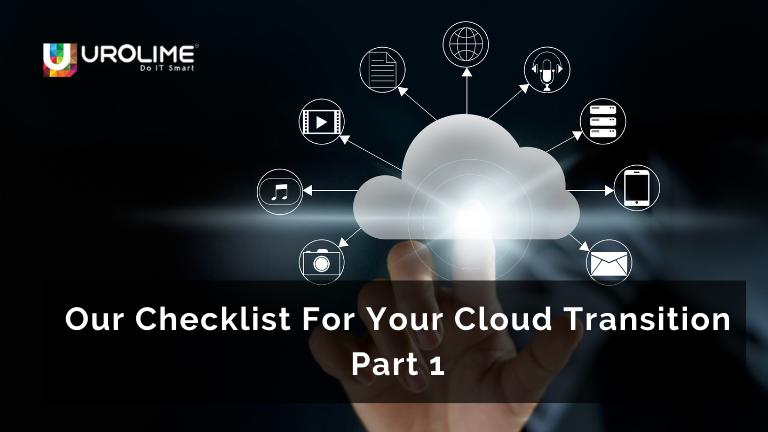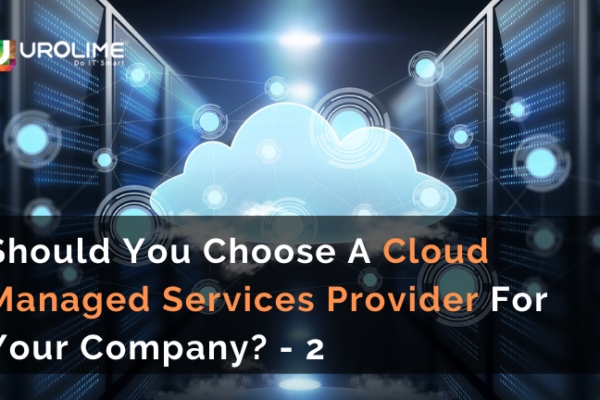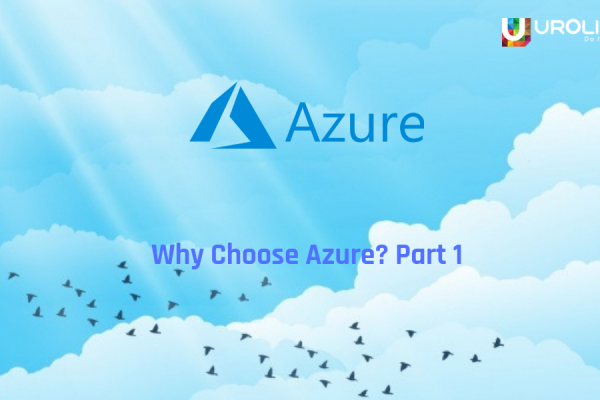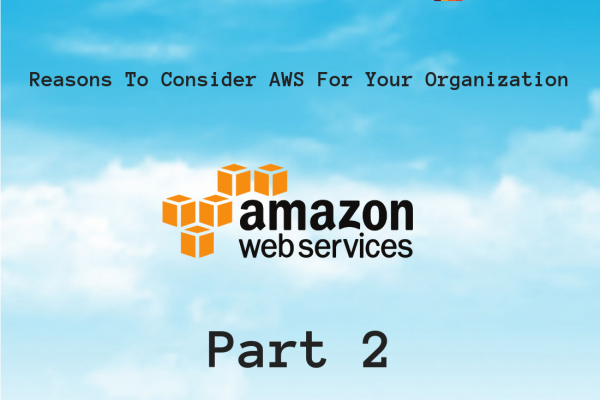So you have decided to go cloud, you want to leverage all the resources found within the cloud, be it the sea of add-ons found in AWS, the flexible pricing of Microsoft Azure, the futuristic features of Google Cloud Platform, and the security credentials of IBM Cloud Services. We have compiled a checklist to tick off, some of the checklist you may have thought and some you may have thought through. If doubts still persist, contact us, we love talking cloud.
A New Home And Not A Platform
Make sure everyone in the company understands that the cloud is where all your companies activities will take place. Make this transition a commitment to a new doing thing within your company. Employees while maybe apprehensive about the change, it is the duty of the managers and thought leaders within the company to drive this change to its conclusion. Mention the advantages of this transition, leave nothing out, tell them about long term savings in terms of time and resources especially with respect to your company and your work culture. Assign tasks related to the transition and make sure everyone is contributing in their own unique capacity to the larger goal.
Levels Of Integration
Decide the level of integration you need for your company, it can something as a lift and shift or a shallow cloud integration to a deep cloud integration such as automatic scaling, dynamic load balancing, and serverless computing. In the transition from on-premise to cloud, there are many levels of integrations, choose the one which works best for business goals. The level of customization within the cloud is limited in the sense that since they’re not too many different kinds of companies who be using cloud service. The packages are usually created in a way that it caters to the needs of different kinds of IT companies.
Go Single Or Go Multi-cloud
Another important decision is to choose if you want your organization to go to a single cloud or multi-cloud transition. The difference between them is quite simple, either you choose one single vendor for all your cloud requirements or you choose multiple vendors for your cloud requirements. The numbers are in favor of going,multi-cloud as in one survey done by Microsoft, 79% of all respondents used multi-cloud transition and within them, another 29% of the respondents used 4 or more vendors. The push towards multi-cloud is to avoid vendor lock-in where all your products and services are on one cloud.
Know Your KPIs
Transitioning to the cloud is a colossal commitment no doubt, but it is also essential to know what your end goals or KPIs (Key performance indicators) are. While every company will have some sort of long term and short goals, it is important to lay them out to your vendors. For example, you can ask for lower page load speeds, lower lags, shorted response time for your end-user. On the performance front, for example, you ask for reduced local CPU usage, better disk performance as in increased read/write speed, and more. No transition is going to be perfect but begins with practical goals.
![]()






